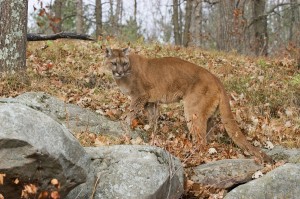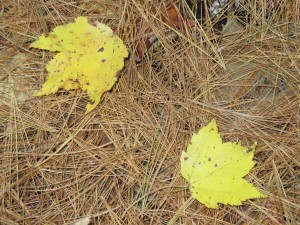by Corinne H. Smith
One fall morning, a family of four from the Worcester area arrived at the Thoreau Farm Birthplace. I welcomed them by speaking mostly to the parents. Their nine- or ten-year-old daughter was clutching a book. Her slightly older brother lagged behind, trying to blend into the background, looking awfully uninterested in the whole affair.
Their mother quickly explained their arrival. “We’re here because of this,” she said. She grabbed the book out of the girl’s hands and held it out to me. It was a copy of The Fledgling, a middle-school-age novel by Jane Langton. I recognized the author’s name. She still lived in nearby Lincoln. Some years back, I had read the majority of Langton’s Homer Kelly mystery series for adults, many of which are set around Concord. I had not known of this one, however, which was the fourth installment in The Hall Family Chronicles, an eight-part fantasy series for younger readers. These books were based on an eccentric family who lived in an equally eccentric house on Walden Street in Concord.
As I quickly paged through it, I could see why the family standing before me had made the trip, no doubt at the daughter’s insistence. She had probably wanted to confirm for herself that the people, places, and magic in the story were real. (I borrowed a library copy of the book a few days later so that I could read and understand it, too.)
In this series, the Halls are a blended family headed by Frederick and Alexandra Dorian Hall. Their three children are Eleanor, Eddy, and Georgie. Freddy and Alex teach at their own Concord College of Transcendental Knowledge and are thus big fans of the local authors. A white marble bust of Henry David Thoreau stands in their front hallway. Similar ones of Ralph Waldo Emerson and Louisa May Alcott flank the parlor fireplace. The Halls make every attempt to live according to the philosophies of their heroes. They even talk to Henry as they walk by his statue.
In The Fledgling, little Georgie wants to fly. She meets a large Canada goose who takes her up into the sky and flies her around Concord and Walden Pond each night. Eventually the passage of time leads to a Puff-the-Magic-Dragon-like problem, as Georgie grows too big for the goose to carry her. You can probably imagine the ending, which comes during hunting season. The book may be aimed at middle-schoolers, but it’s peppered with hints and metaphors of Transcendentalism.
Our visitors walked through the house and read the text on every panel. I could tell that the daughter longed for more. With her father nodding his approval, I took her aside and chatted about being awake and aware, and being true to oneself. She stared at me with eyes wide open, absorbing every word. This one is a keeper, I thought.
When the rest of the family headed toward their car, the son still loitered. He was the only one who took the time to write something on one of our “living deliberately” cards. After they left I read this: “I don’t watch television or play video games. I try not to use electronics (although I do like my I-Pod.”
We never know what circumstances may draw a person to Henry David Thoreau, nor at what age this phenomenon can happen. I have a feeling that Thoreau’s life and words made an impression, if not an outright impact, on both young people that day. These human fledglings still have some time to grow before they leave the security of their nest. I’m betting that they’ll be well prepared for the flight.



